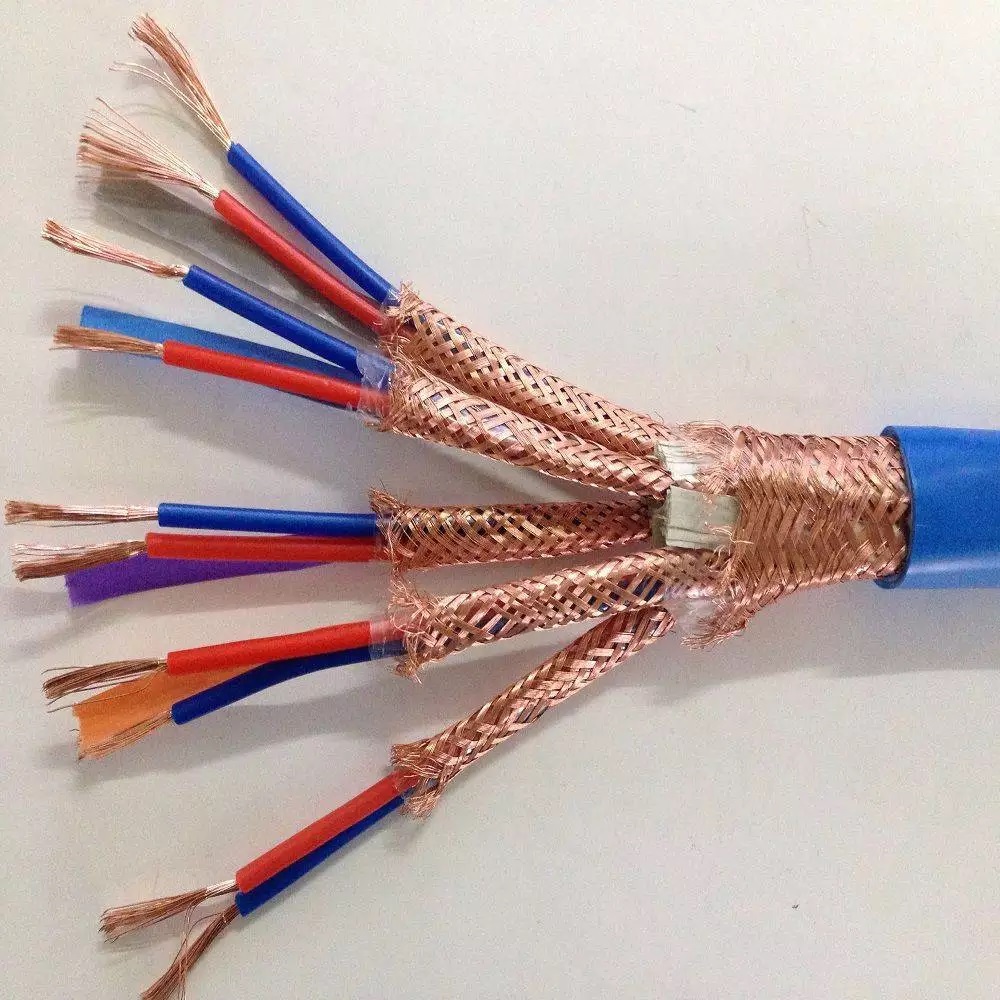Introduction:
In the modern world, where technology plays a crucial role in almost every aspect of our lives, the installation of shielded cables is of paramount importance. Shielded cables are designed to minimize electromagnetic interference (EMI) and radio frequency interference (RFI) that can negatively impact the performance of electronic devices and systems. Rubber Sheathed Cable of shielded cables is essential to ensure optimal performance and reliability of communication and power systems. In this article, we will delve into the importance of shielded cables, the benefits they offer, and best practices for their efficient installation.
Importance of Shielded Cables:
Shielded cables are essential components in various applications, including data centers, telecommunications networks, industrial automation, and audio/video systems. The primary function of a shielded cable is to protect signals from external sources of interference, such as electromagnetic radiation from power lines, motors, and other electronic devices. By providing a physical barrier around the conductors, shielded cables help maintain signal integrity and reduce the risk of data corruption or signal degradation.
In environments where EMI and RFI are prevalent, such as industrial settings or urban areas with high levels of electromagnetic noise, shielded cables are indispensable. Without proper shielding, cables can act as antennas, picking up unwanted signals and causing disruptions in communication or power transmission. Shielded cables provide a shield that acts as a barrier to external interference, allowing signals to travel without distortion or loss of quality.

Benefits of Shielded Cables:
The use of shielded cables offers several key benefits that contribute to the overall performance and reliability of electronic systems. Some of the main advantages of shielded cables include:
1. Improved Signal Integrity: Shielded cables protect signals from EMI and RFI, ensuring that data transmissions remain accurate and reliable. By minimizing interference, shielded cables help maintain signal integrity over long distances and in noisy environments.
2. Enhanced Noise Immunity: Shielded cables are less susceptible to external noise sources, which can cause signal distortion or attenuation. The shielding helps block out unwanted interference, allowing for clear and consistent signal transmission.
3. Reduced Crosstalk: Shielded cables help prevent crosstalk, which occurs when signals from adjacent cables interfere with each other. The shielding isolates each cable, reducing the risk of signal cross-interference and ensuring optimal performance.
4. Extended Lifespan: By protecting cables from external factors that can cause damage or signal degradation, shielded cables have a longer lifespan compared to unshielded cables. This leads to fewer maintenance issues and higher overall system reliability.
5. Compliance with Regulations: In certain industries and applications, the use of shielded cables is mandated by regulations and standards to ensure safety and reliability. By using shielded cables, organizations can meet compliance requirements and avoid potential penalties or liabilities.
Best Practices for Efficient Shielded Cable Installations:
To maximize the benefits of shielded cables, it is essential to follow best practices when installing them in various applications. Efficient shielded cable installations require careful planning, proper techniques, and adherence to industry standards. Here are some key best practices for efficient shielded cable installations:
1. Proper Cable Selection: When choosing shielded cables for a specific application, it is important to consider factors such as cable type, shielding material, conductor size, and voltage rating. Selecting the right cable for the job ensures optimal performance and reliability.
2. Cable Routing and Separation: Proper cable routing is crucial to minimize interference and maintain signal integrity. Avoid running shielded cables parallel to power cables or other sources of electromagnetic noise. Maintain sufficient separation between cables to reduce the risk of crosstalk.
3. Grounding and Bonding: Proper grounding and bonding are essential for the effective operation of shielded cables. Ensure that the cable shields are properly grounded at both ends to provide a complete path for unwanted currents to dissipate.
4. Connector Installation: When terminating shielded cables with connectors, follow manufacturer specifications and guidelines for proper installation. Use suitable connectors that provide good shielding continuity and ensure a secure connection.
5. Testing and Verification: After installing shielded cables, perform thorough testing to verify proper operation and compliance with performance requirements. Use cable testers and measurement tools to assess signal quality, attenuation, and shielding effectiveness.
6. Documentation and Labeling: Keep detailed records of cable installations, including cable types, lengths, routing paths, and termination points. Label cables appropriately to facilitate troubleshooting and maintenance tasks in the future.
7. Training and Certification: Ensure that installers and technicians responsible for shielded cable installations receive adequate training and certification in cable installation best practices. Well-trained personnel are essential for achieving efficient and reliable installations.
Conclusion:
Efficient shielded cable installations are essential for ensuring optimal performance and reliability in electronic systems and communication networks. By following best practices for selecting, routing, grounding, and testing shielded cables, organizations can maximize the benefits of these critical components. Shielded cables play a crucial role in minimizing interference, enhancing signal integrity, and extending the lifespan of electronic systems. By investing in efficient shielded cable installations, organizations can achieve high levels of performance and reliability in their critical infrastructure.
In conclusion, the installation of shielded cables is a fundamental aspect of modern communication and power systems. By understanding the importance of shielded cables, recognizing their benefits, and following best practices for efficient installations, organizations can optimize the performance and reliability of their electronic systems. Shielded cables are indispensable components that help protect signals from interference, ensure clear and consistent communication, and uphold industry standards for safety and compliance. Efficient shielded cable installations are key to unlocking the full potential of electronic systems and enabling seamless connectivity in today's interconnected world.
